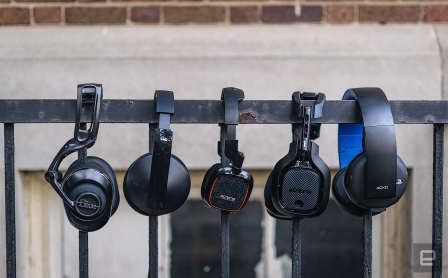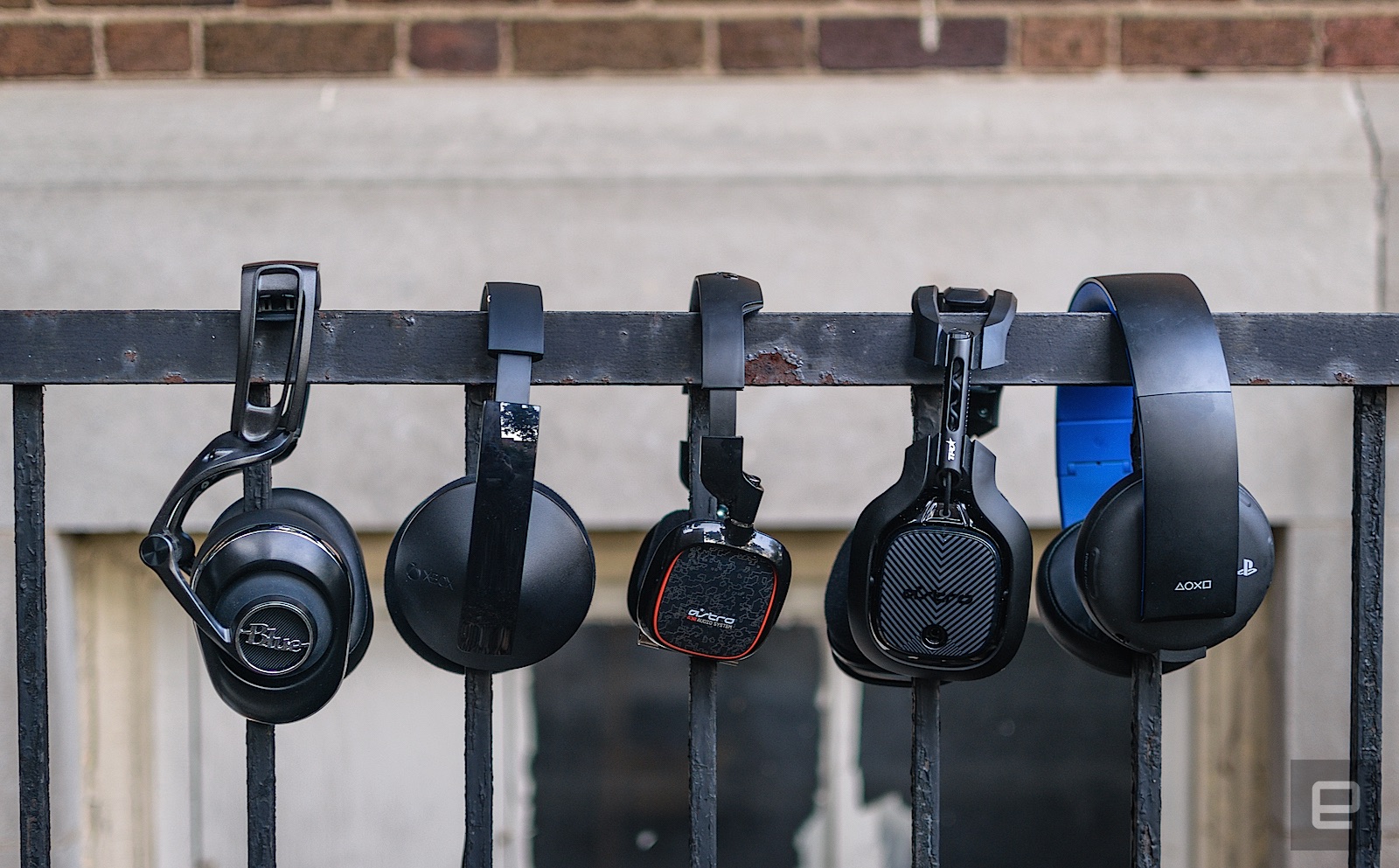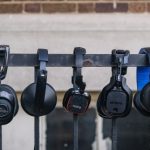Gaming headset review roundup: Five options, one favorite
As much as we’d all love surround sound in every room where we have a TV, it isn’t always feasible. Be it budgetary reasons or living in an apartment with roommates who don’t share your enthusiasm for late-night explosions, sometimes 5.1- or 7.1-channel audio is out of reach. Luckily, there are plenty of headphones to pick from. But that too comes with its own set of conundrums: Where does one even begin in that sea of choices?
We’ve rounded up five options at a variety of price points to help make your decision a little clearer. With this edition, we’re looking at the PlayStation Gold wireless headset, the Xbox Wireless Stereo Headset, the Astro A30 and A40 and, finally, the Blue Lola as a wildcard.
Gallery: Gaming headset roundup 2016 | 30 Photos
PlayStation Gold ($100)
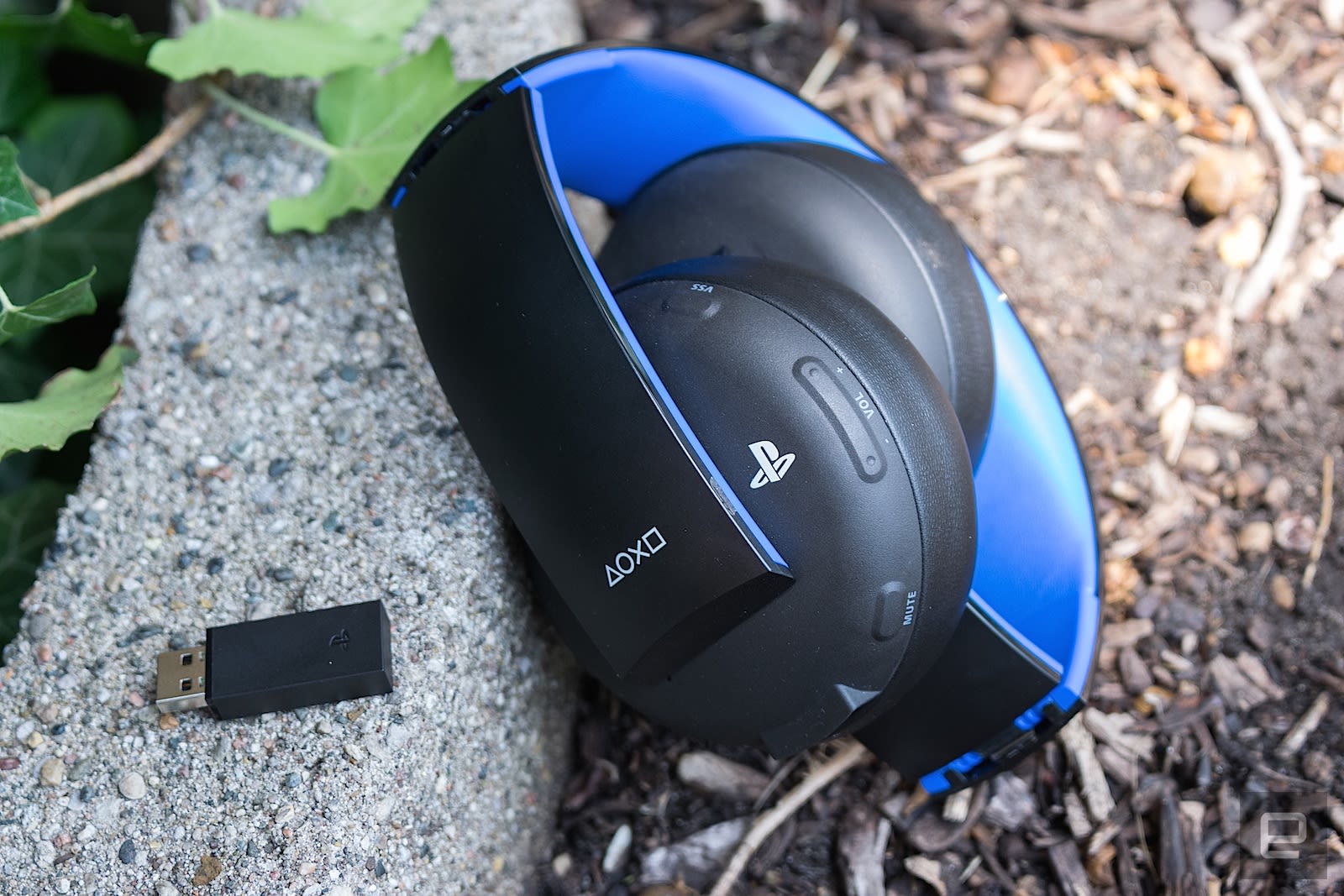
The PlayStation Gold is extremely simple to set up: Plug the included USB receiver into an open spot on your PlayStation 4, power the headphones on and that’s it. Overall, the build quality is a little flimsy (one of the trim pieces on the headband fell off when I was unboxing the unit), and the hinges on the foldable portion of the band aren’t very firm. Add in the stiffness of the volume rocker and chat/audio rocker — not to mention the garish blue accents on the band — and it’s clear that the Gold won’t be winning any design awards.
Downloading the companion app from the PlayStation Store gives you access to custom presets for a smattering of games including Uncharted 4: A Thief’s End, Destiny, Batman: Arkham Knight and Ratchet and Clank. There are also some generic presets for shooters and fighting games, along with options for custom equalizer settings, movies and music.
The headset itself only has room for the built-in preset and one custom setting. That makes it cumbersome to swap from one game-specific setting to another. First you need to quit your current game, open the app, then wire the headset to the PlayStation 4 to transfer the new preset. It’s clunky, and honestly, the presets feel a little gimmicky anyway. Sure, some have more bass than others, or gunfire sounds a little different, but for me it wasn’t worth going back and forth. If there were room for more than one user-chosen EQ curve, it’d be a different story, but as it stands, I used the “Custom 3” setting for the majority of my testing.
How does the Gold actually sound? Pretty good. The virtual surround was plenty convincing, but at the highest volume, the ear cups were rattling on my skull. It was uncomfortably loud, even to my concert-deafened ears. The good news is that the sound field was detailed and there wasn’t any white noise at high volumes — an issue with other, more expensive headsets. As far as voice chat quality goes, my friends said I sounded distant, even though the built-in mic was only a few inches from my mouth.
My favorite feature is that the headset automatically turns off with the PS4 itself as a battery-saving measure, which is perfect for late-night gaming sessions when I fall asleep with the controller in my hands. The headset basically requires this: After two four-hour sessions I had to recharge it. It’s very much like the DualShock 4 controller in that respect.
Xbox One Stereo ($60)
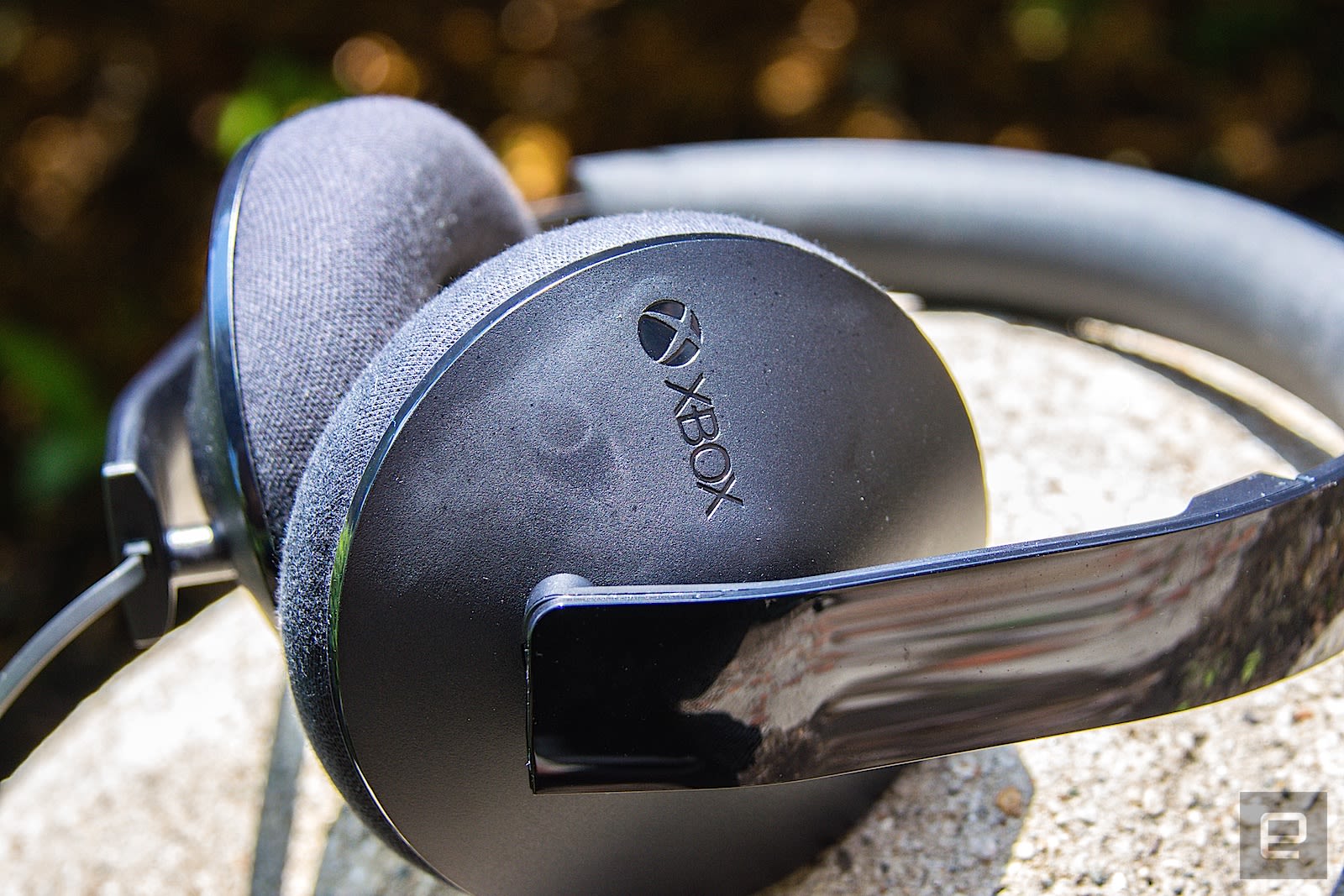
Of all the headphones I tested, the Xbox One Stereo Headset surprised me the most. They’re the cheapest of the bunch, at $60, but for the money they offer well-balanced sound and solid build quality. Sure, they’re only two-channel, but a vast majority of (if not all) headsets boasting “surround sound” use software to simulate a 5.1- or 7.1-channel sound field from a few drivers. That’s because it’s tricky to cram multiple drivers into each ear cup while keeping the size, price and weight down.
Insert the relatively lightweight headset into the 3.5mm jack on your controller (or use the included headset adapter for older paddles) and you’re good to go. Unlike plugging a headset directly into the PS4’s DualShock 4, there are no momentary audio cutouts when onscreen action gets heavy. What’s more, the Xbox’s headset volume is incredibly loud.
I didn’t expect this amount of bass either. I’ll almost always ask for more, of course, but as I plumbed the depths of the research facility in Inside, the lab groaned pretty convincingly. Was the sound as deep as what my 12-inch Klipsch subwoofer reproduces? Of course not. But for a cheap pair of headphones, the Xbox One Stereo is impressive.
If I have one gripe, though, it’s that the highs sound clipped. In Forza Horizon 2, that makes squealing tires sound cheap and not nearly as distinct against the game’s rock and dance-music radio stations.
Astro A30 ($160) and Astro A40 TR ($250)
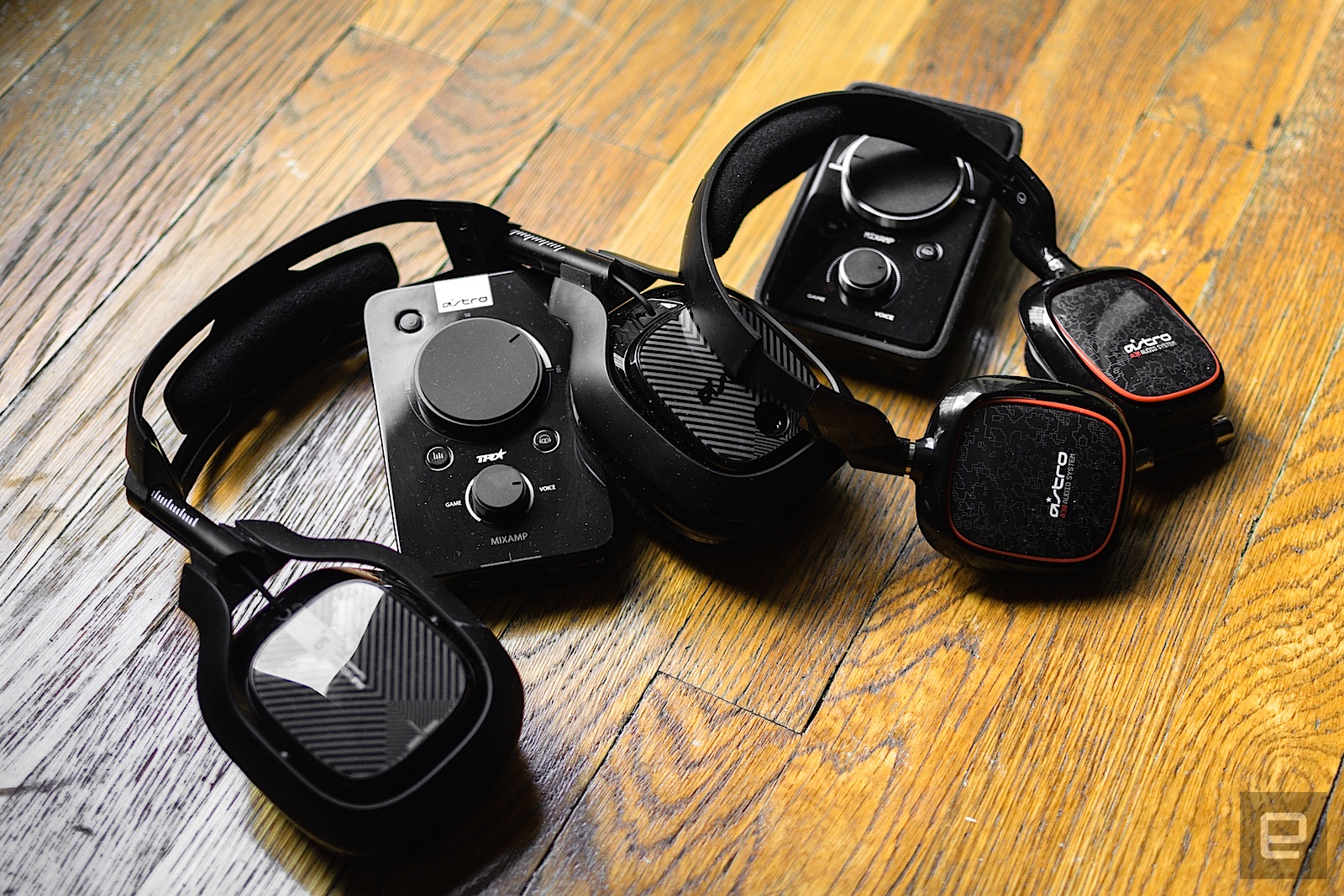
Astro has long made my favorite gaming and media headphones. The problem is price. With the home-theater-replacement A50s running $300, the number of people spending as much on headphones as they would on an Xbox One S is likely pretty low. For $160, though, you can get the A30 on-ear model with a Mixamp Pro. Or, for $250, the new A40TR and matching Mixamp Pro TR — which uniquely has a few streaming-specific audio options. These Mixamps are essential to Astro’s gear, as they’re an inline amp for the headset. They provide the power and sound processing and are basically what makes Astro’s gear sound the way it does. To bypass the Mixamp and plug either pair of headphones into a gamepad would be missing the point of why you bought Astro stuff in the first place.
As much as I love my pair of battle-worn MLG Edition A40’s from 2011, they had one problem that Astro still hasn’t solved: Each Mixamp or base station supports only one digital optical input apiece. The input situation is the lone caveat affecting anyone with more than one console, because switching between a PlayStation and an Xbox while retaining full audio fidelity means getting up and swapping fiber-optic cables. This quirk persists with the A30 and A40 kits I tested as well. Not only that, but the amps are powered via USB, which halves the number available on the PS4. This also means you’ll be stretching cables across the living room if you want to use either system from your couch.
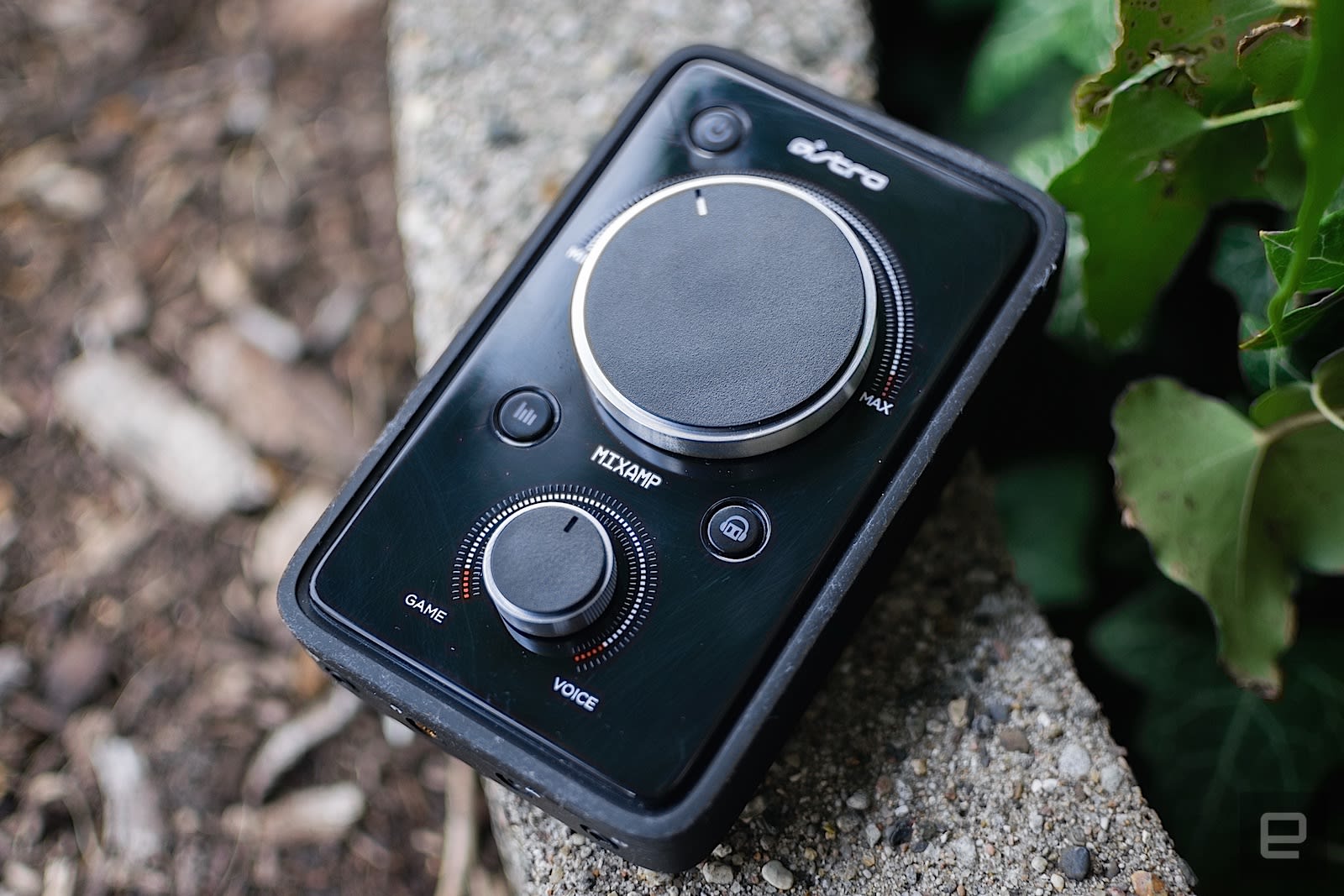
The build quality on both headsets is top-notch, as always. But I had a hard time keeping the A30 from sliding off the back of my head unless I was sitting up straight. The ear cups also felt tight on my admittedly large skull. The bass response here never felt overbearing; rather, it complemented whatever was happening on-screen. Bass notes are deep and help round out the soundscape. Running around the Scottish countryside in Uncharted 4 with enemy dynamite exploding somewhere off in the distance sounded great, with tons of ambient detail standing out against thunderous booms.
Same goes for spelunking around a pirate cave full of dripping water and creaking suspension bridges in Uncharted 4. Both the A30 and A40 share another trait in that, in the Battlefield 1 alpha, the high-pitched brap at the end of a machine gun’s fire sounds a little crispy. Fully automatic weapons in Uncharted 4 sounded fine, however.
The over-ear A40 uses a different Mixamp that has an altogether unique sound versus that of the A30. Everything is deeper, with impressive dynamic range. For an A/B comparison, at one point I swapped the A30 into the TR amp and got an altogether different sound than I did with the stock Mixamp. Expectedly, they took on characteristics present in the A40, albeit a little less clear and defined. When plugged into their respective inline amps, both headsets sound great, and effectively block out the sounds of early-morning bird chirping and the fountain outside my window.
Neither is a bad choice; it’s just a matter of how much you want to spend.
Blue Lola ($250)
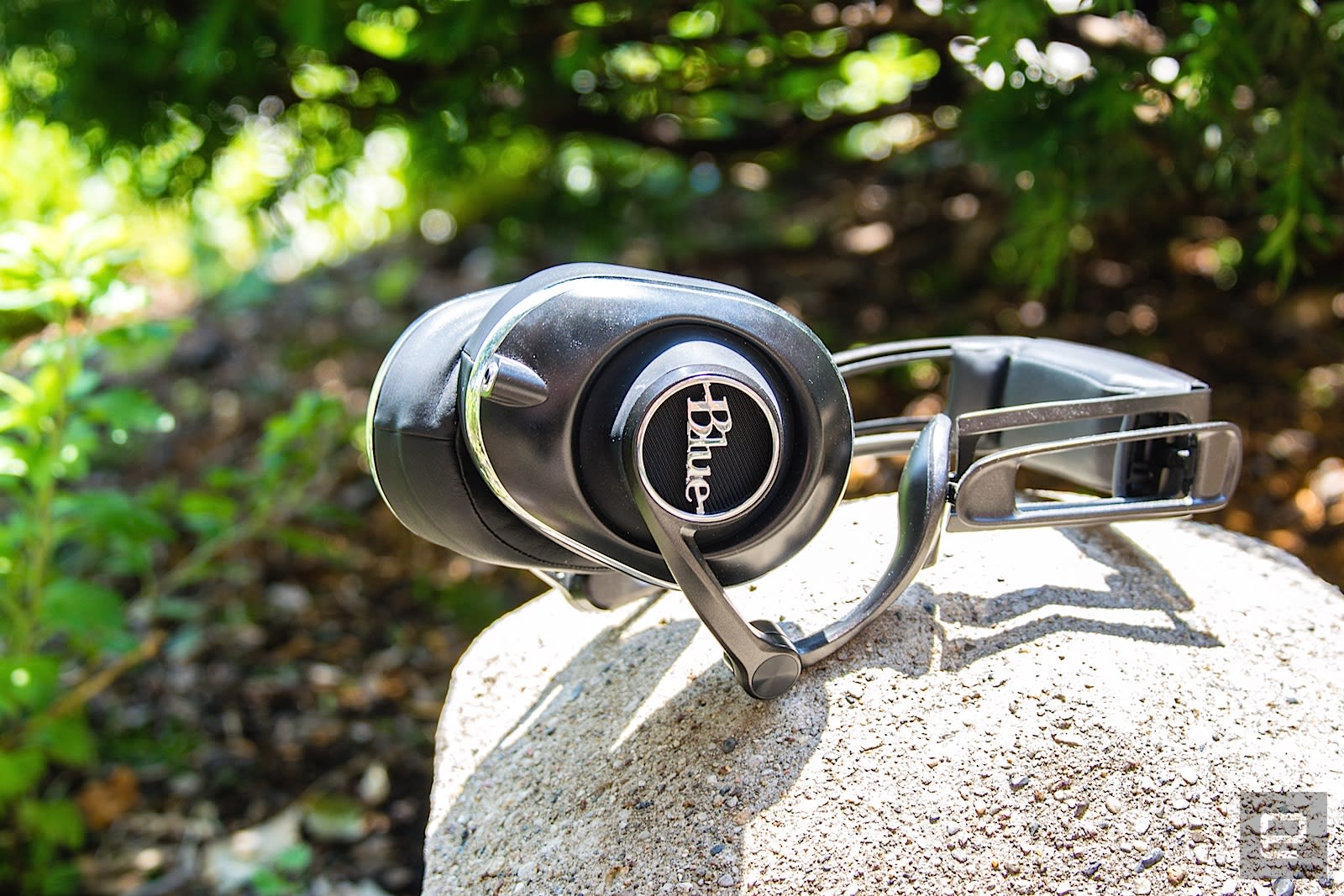
One of the best aspects of new video-game consoles is that you can simply plug a pair of normal headphones right into your gamepad. My coworker Billy was a big fan of the Blue Lola headphones, so I figured I’d give them a shot as a gaming headset. The biggest problem here is that on the PS4 the max volume level out of the controller is actually pretty low. That isn’t an issue with the Xbox One, however. The Lola accurately picked up subtle details like a hiss of white noise coming from behind a newly opened door in Inside, for instance. Meanwhile, the honk of a goose passing over France in Battlefield 1 alpha was distinct among the sounds of tanks, biplanes and other weaponry.
The plush over-ear design means that the relative quietness doesn’t detract from keeping ambient noise from polluting the onscreen action. Even better, the design and relatively light weight make the Lola comfortable for extended sessions. If you already own a pair, don’t hesitate to plug them into your gamepad of choice. That said, there isn’t a compelling reason to buy it specifically as a gaming headset — especially without a built-in mic for chat.
Wrap-up
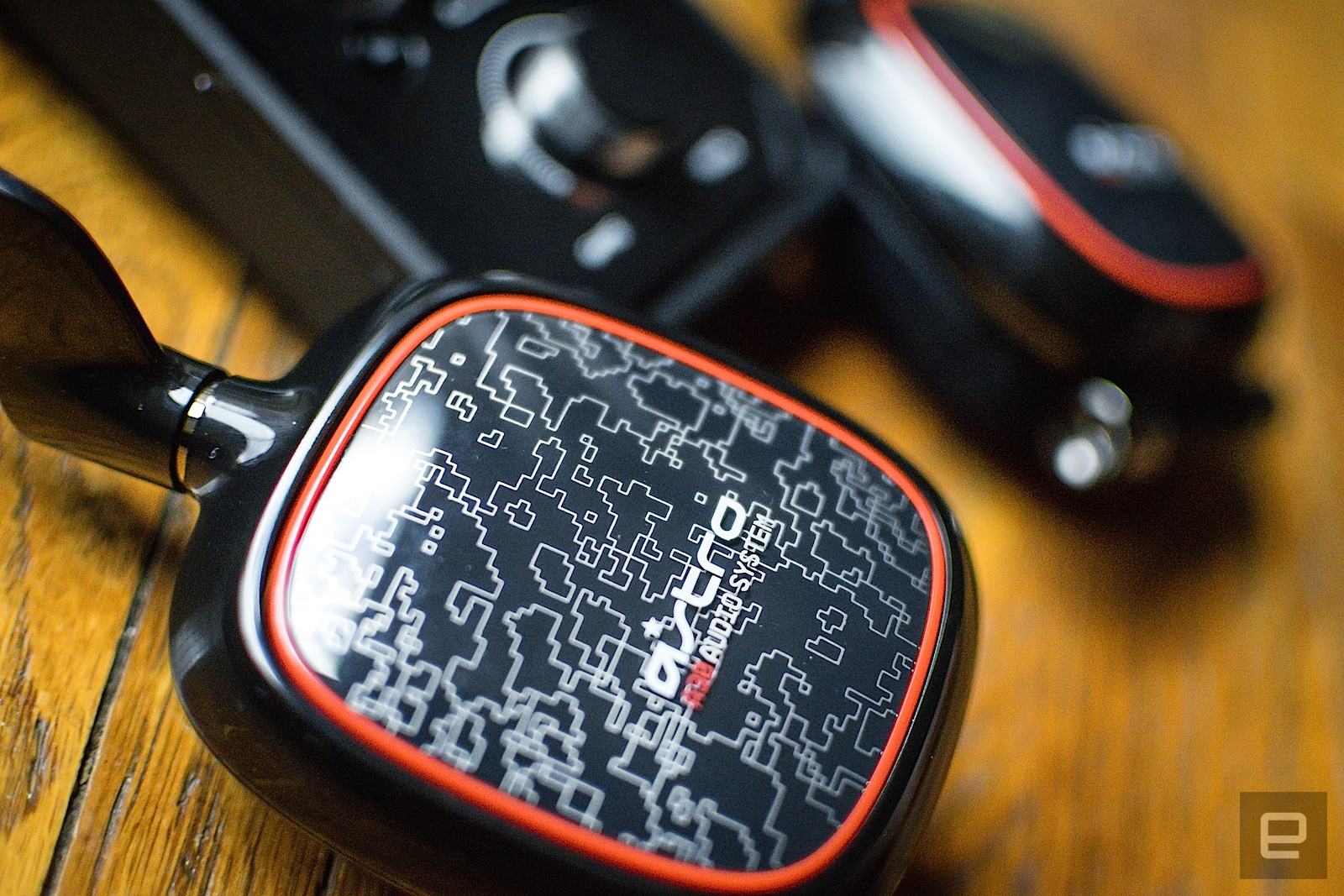
Picking a “best headset” here is hard. That’s because the decision mostly comes down to how much you’re willing to spend. Each headset performs well and has its idiosyncrasies, but none are what I’d call bad. The Xbox headset happens to be my personal favorite, due to its sheer simplicity. But as you might expect, it’s at its best when paired with the Xbox One.
The overall crown ultimately goes to the Astro A30’s, on account of how versatile they are. Their lightweight, understated design makes them easy to wear outside of your living room, and at $160 you’re getting access to the best-in-class audio quality that Astro is known for.
(14)

